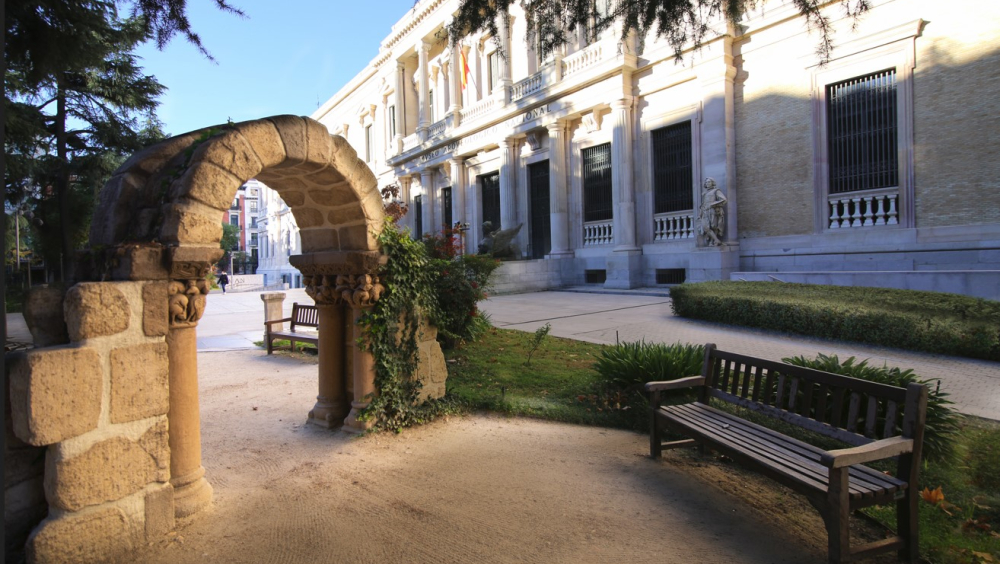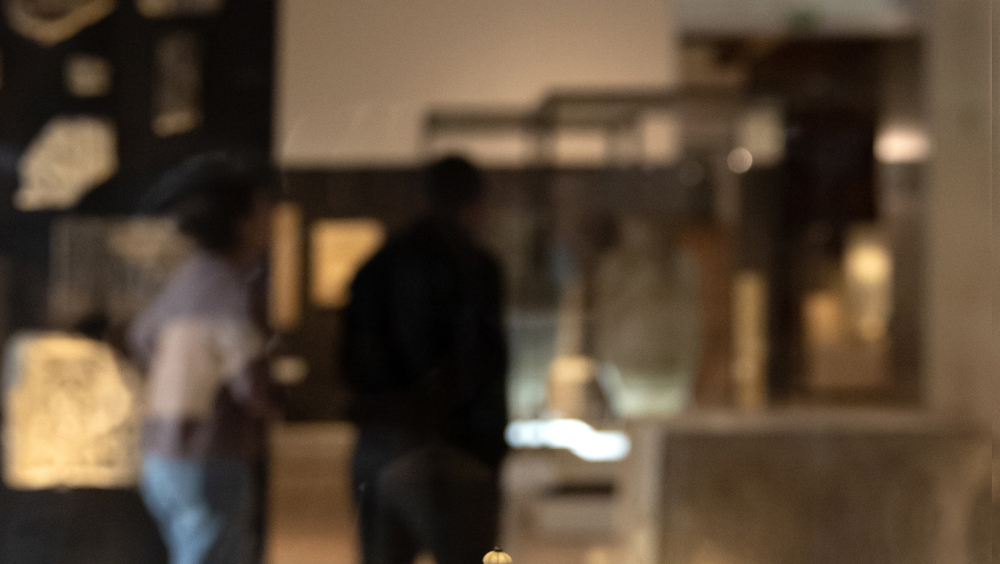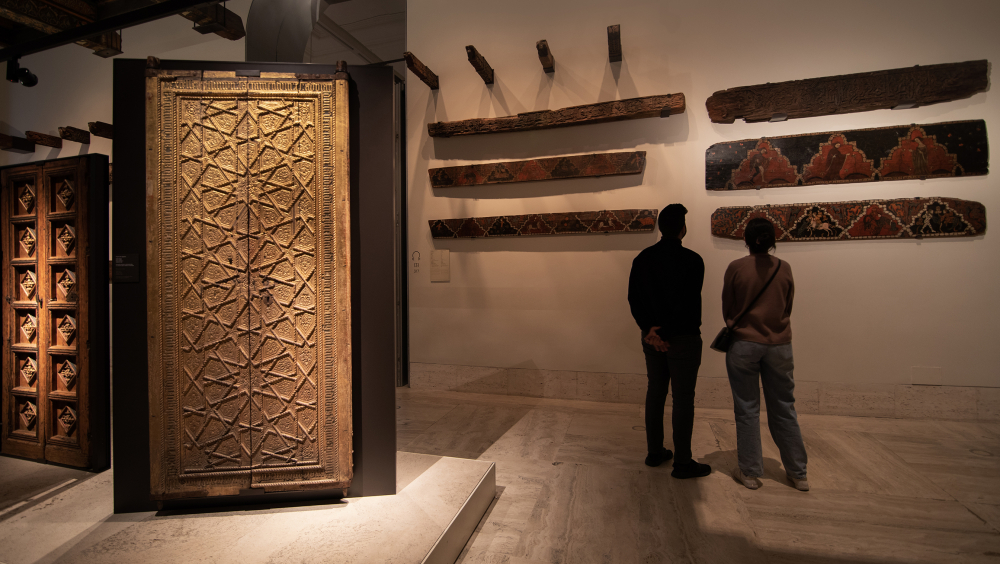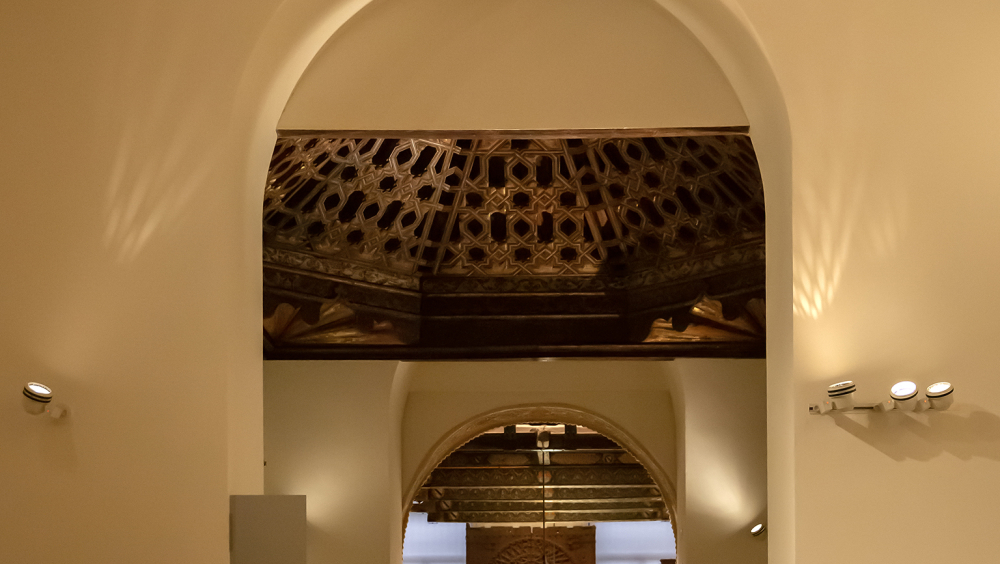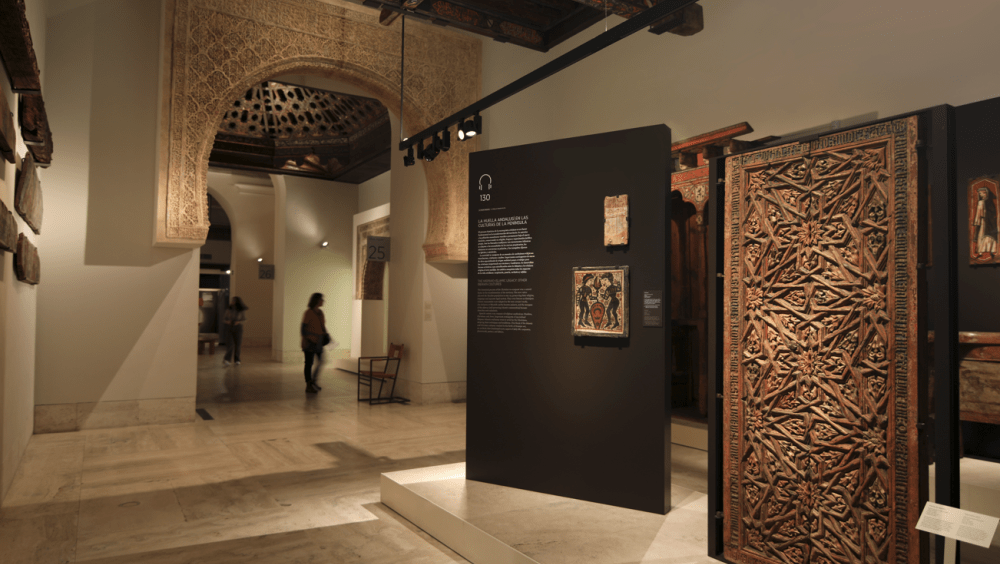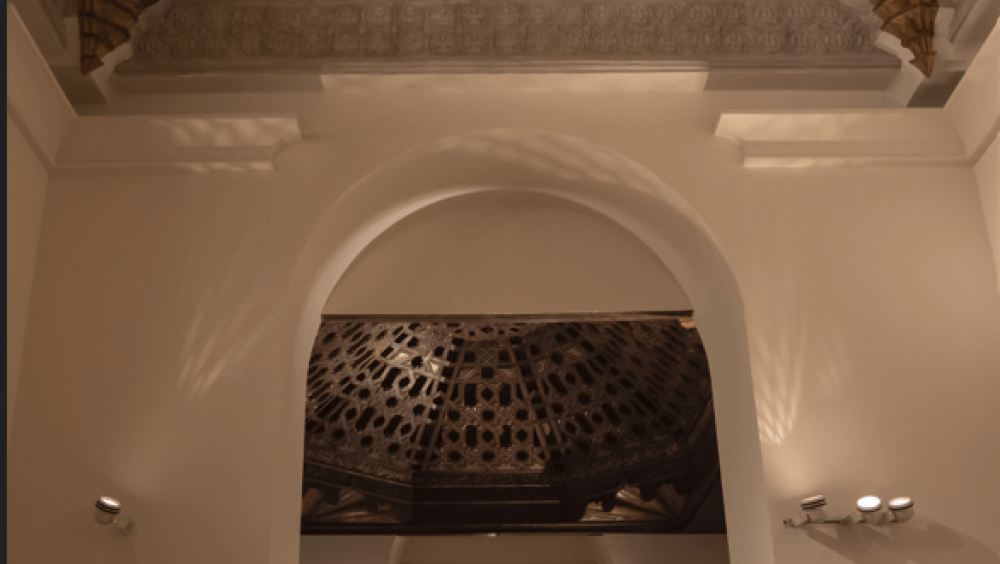Three cultures, one heritage: the medieval collections of the National Archaeological Museum of Spain.
One of the main things that the Hispanic middle ages are known for is the fact that, up until 1492, three so-called ‘cultures’ lived in the Peninsula. Muslims, Christians and Jews shared spaces, knowledge, customs, technologies and all sorts of artistic and literary forms of expression, sometimes during periods of peace and tolerance, sometimes in the midst of conflict.
Very often we think of these cultures as those of three different peoples, sharing or rather competing for a territory, and divided by stark borders, sometimes drawn across different polities, sometimes between the neighbourhoods of a single city. Difference, separation, mistrust: those were undeniable realities of everyday life between the ‘three cultures’ of the Iberian Peninsula. But just as real were the rich networks of collaboration, imitation and transference, not just between the peoples who inhabited the Iberian Peninsula, but also with other peoples from Europe, the Mediterranean, and the world beyond. This is a story about those connections, as told by the rich cultural heritage that bears witness to a fascinating period of contact and conflict.
It is also a story about how the objects of medieval Spain preserved in the National Museum of Archaeology reflect the very nature of European cultural heritage as a melting pot, where diversity and intercultural connections are not a novelty of the present, but a constant across the centuries.
And finally, it is also a story about how those connections are still very much alive in our heritage, both tangible and intangible. Flamenco music, Castilian gastronomy, or Ladino poetry, they all represent the same connections that gave birth to the objects of our collections, and should be understood as a common heritage of intercultural sharing and dialogue.
One of the main things that the Hispanic Middle Ages are known for is the fact that three so-called ‘cultures’ lived in the Peninsula. Muslims, Christians and Jews shared spaces, knowledge, customs, technologies and all sorts of artistic and literary forms of expression, sometimes during periods of peace and tolerance, sometimes in the midst of conflict.
Very often we think of these cultures as those of three different peoples, sharing or rather competing for a territory, and divided by stark borders. Difference, separation, mistrust: those were undeniable realities of everyday life between the ‘three cultures’ of the Iberian Peninsula. But just as real were the rich networks of collaboration, imitation and transference. This is a story about those connections, as told by the rich cultural heritage that bears witness to a fascinating period of contact and conflict.
It is also a story about how the objects of medieval Spain preserved in the National Museum of Archaeology reflect the very nature of European cultural heritage as a melting pot, where diversity and intercultural connections are not a novelty of the present, but a constant across the centuries.
At least three groups of objects tell this fascinating story, from three different angles.
Some objects tell us stories of long and complex lives, where they crossed from one cultural environment to another. These crossings often happened in the context of war and conquest, but they are symbols of much more than violence. We have, for example, a Christian bell that became a lamp for a mosque, and was then taken back by Christians. We also have Muslim caskets that ended up being used as reliquaries in Christian cathedrals, sometimes after being modified and redecorated, sometimes without changing their appearance at all. These objects speak of a complex history, where the same people who conquered and plundered, were able to appreciate the value of the objects taken from their enemies, and repurposed them for a new life.
Some objects crossed from one context to another through subtler forms of reappropriation. This is often the case when those who repurposed the objects did not have armies, as is the case with the Iberian Jews. We have Muslim tombs written over in Hebrew and, although from a later period (seventeenth century) a Christian chalice that became a cup for the Sabbath.
Very often, it was not the objects themselves who crossed boundaries, but ideas, forms, and techniques. Some objects explicitly show the mixture of cultures by combining elements hailing from different traditions. For instance, a large dome with Christian imagery and Islamic-style decorations tells us of a context where aristocratic Christian families used a language of power comprising elements of different origins. Also, a set of ceramic vases decorated with the famous lusterware technique, of Nasrid origin, and emblazoned with Christian heraldry, speaks of a time when Christian craftsmen learned some of the most priced techniques of their time from Muslim masters.
At times, the connections are somewhat more subtle, but all the more powerful for it. For instance, there is an archway presiding one of our rooms where every single element, including an inscription in Arabic praising Allah, looks as if taken from a Nasrid palace. It is only once the visitors read the explanatory text that they find out it was in fact built for a Christian royal palace in the north of Castile. The image of a Castilian king emerging from a palace that looked much more similar to the Alhambra than to any palace of the kings of France or England is in itself telling of a time where material culture, even among warring peoples, was a point of connection, rather than difference.
Finally, a smaller, yet very important group of objects tells us about people, not just exchanging objects and ideas, but actually living closely together. For example, a capital with inscriptions in both Arabic and Hebrew tells us about Jewish communities lived alongside Muslim populations and sharing cultural elements with their neighbours, including language. Similarly, a precious ivory box tells us of a woman, born a Christian in the north of Spain that ended up being the mother of a Caliph and a key figure in the Cordobese Court.
Our objects are some of the most visible testimonies of these intercultural connections, but the intermingling of the ‘three cultures’ remains very much alive elsewhere in our heritage, both tangible and intangible. Music such as flamenco draws from the heritage of Andalusian an Sephardic music; one can still trace the multi-cultural roots of Castilian gastronomy in many of its dishes, and in different countries in Europe and beyond, Sephardic communities preserve a language, Ladino, that is the living heritage of a people who, for centuries before their expulsion, shared a language with many of the inhabitants of the Iberian Peninsula.
In order to disseminate knowledge about our collections and their significance, both for getting to know the past and for understanding and reframing the present, we will develop a twofold project. At the core of this project will be an itinerary for the public to see these objects and engage with their rich history and meaning. This will take several forms: a guided tour with cultural mediators, a paper publication for visitors to discover the works autonomously, and a virtual itinerary, which will remain permanently accessible through our website and will be regularly updated.
We will then connect the experience of discovery of our tangible heritage with other experiences reflecting on the continuity of those connections within intangible heritage. We will develop a programme where food tastings, flamenco concerts, and recitals of Ladino poetry, among other events, will be combined with the visit to our itinerary. For this, we will also collaborate with other institutions whose aim is to promote intercultural contact, such as the Museo Sefardí, or the Casa Árabe. The museum will not just tell people about connections; it will create them and offer them back to the heirs of that intercultural heritage: all of us.
The objects selected for this story are a reminder that European heritage has always been a product of connections and networks between different peoples and cultures. The cohabitation of Jewish, Muslim and Christian communities has been a constant in European history from Late Antiquity to the present day, and our heritage tells us many stories of this cohabitation. These are stories with bright and dark moments, full of conflict and exclusion alongside brilliant collaboration and exchange. But they are all worth being told, since they tell us of our roots, our present, and the different paths leading towards the future.
The Iberian Peninsula was not the only part of Europe where Muslim, Jewish and Christian communities lived side by side, nor was it the only place where cultural heritage reflects that cohabitation. Medieval Sicily, or the early modern Balkans were also territories where Muslim populations lived alongside Christian ones, while Jewish communities have been a constant presence across the continent over the past two millennia, including large communities of the Sephardic diaspora. Today, our cultural heritage continues to grow thanks to the connections between the different cultures living together in Europe, and their connection to the wider world. Our project seeks to celebrate this diverse history alongside its present-day legacy.
The exploration of Hispanic medieval heritage, furthermore, will allow us to reflect on how Europe as a whole was connected to the wider world. The medieval Iberian Peninsula served as a bridge between Christian Europe and the Muslim world, and many texts and technologies, such as translations of Aristotle or astrolabes, made their way from the Middle East to northern and central Europe via medieval Spain and Portugal. This project, therefore, explores networks and connections, not only between parts of Europe, but also between Europe and the wider world.
